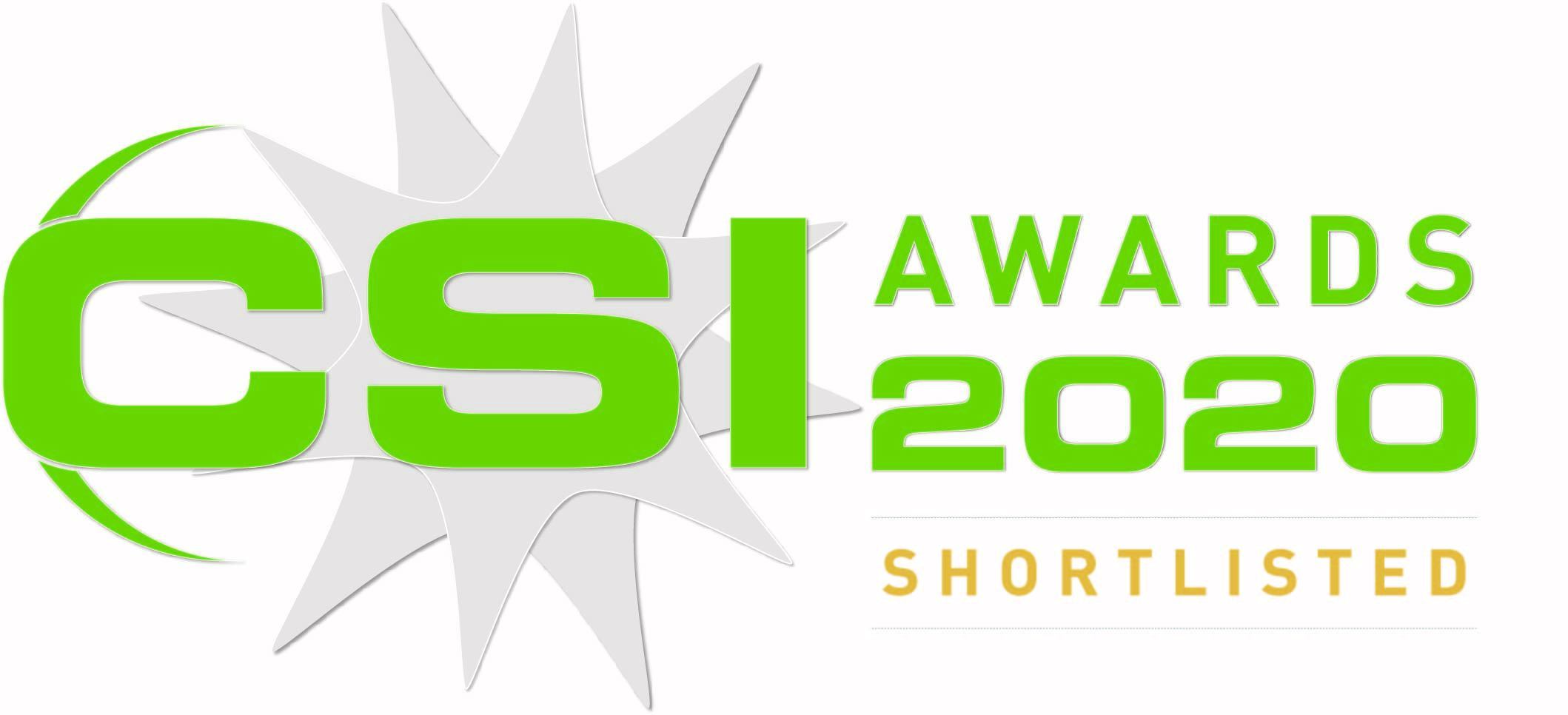
It’s All About the Data
It’s all about the data. How many times have you heard that statement? Whether you are a trucking company or Tesla doing autonomous driving or Netflix managing recommendations to your audience, it is all about the data. It’s not just big data, but how much you can gather and connect from many sources, different device types, networks and users to create a holistic picture of your business. If you’re a broadcaster or media content provider, you should be connecting multiple media metrics with other departmental data and intelligence to help you make better operational business decisions. What tools and technologies should you take advantage of to harness your data?
Data Tools and Technologies
Today we have massively capable networks with more power and excess bandwidth than we know what to do with. Every businessperson has access to a computer with data storage in the cloud, whether public, private or hybrid. Our business applications run cost effectively on smaller devices, even tablets or smartphones. Ubiquitous computing enables us to access unlimited data anywhere and in any format. Networks are improving with 10 gigabyte (GB) ethernet commodity and higher speed ports on the way, 400 and 800 GB ports on switches and transitioning from LTE to 5G and ATSC 3.0.
Machine learning (ML) and artificial intelligence (AI) can aggregate the data across these networks and systems to extract meaningful information for business decisions. Machine learning allows us to train a computer to provide expected outputs based on history such as media recommendations to viewers. Repeating the ML process over and over facilitates an organization’s move toward its actual AI goal that supports automation, revenue growth and customer satisfaction. Content providers can leverage ML/AI for useful information to reduce audience churn, improve content recommendations and increase ad revenues.
You can have all sorts of system and network level monitoring and monitoring media services, yet not have a true understanding of the value of your offering. Without that, it would be difficult to make investment decisions about providing more content or building another network. By aggregating data across CDN logs, stream monitoring data, CRM, support ticket systems, network and hardware monitoring systems, media asset management systems and end user devices, predictive analytics can help you build a better business case—one that focuses on the positive and identifies the end-to-end information chain.
Predictive analytics can help you gain intelligence from data assets, accurately forecast business and determine whether investments should be made for more content, networks or support. Making better operational business decisions will result in costs savings, improved revenue and resource optimization which justify the investment into predictive analytics.
The ROI of Predictive Analytics
One of our customers uses predictive analytics to improve quality of service, provide root cause analysis, optimize networks and systems and set transparent KPIs/KQIs. As a result, they met their goals of reduced audience churn, an increased customer base, reduced loss in network, greater loyalty and customers promoting the network. Not only did they accomplish all their goals using Qligent’s Foresight™ Cloud predictive analytics; they have benefited from an improvement in market value which they directly attribute to the positive change in Net Promoter Score (NPS)/Consumer sentiment.









